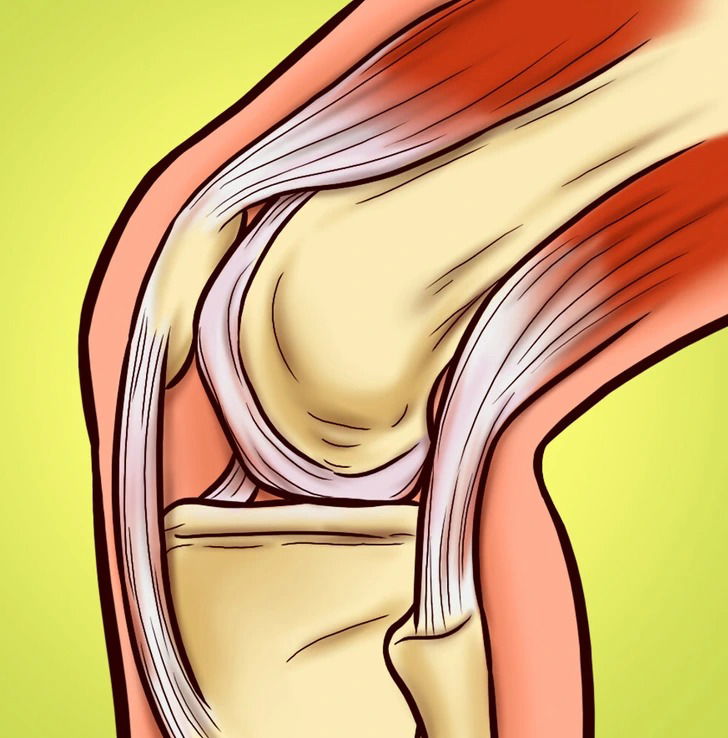
Lactose intolerance affects over 65% of the global population, but myths about its symptoms and treatment remain. While gastrointestinal discomfort is its defining feature, lactose intolerance can present in unexpected ways, frequently leading to misdiagnosis or unwarranted dietary restrictions.
1. Mouth ulcers

Dairy products such as milk, cheese, and yogurt have been linked to canker sores. Some specialists believe that proteins in cow’s milk may cause mouth ulcers in some persons due to an unfavorable immunological reaction.
If you frequently have mouth sores, consider giving up dairy, especially animal-based products. Instead, try alternatives like soy milk.
2. Swelling

Anaphylaxis, a potentially fatal allergic reaction, can be indicated by severe symptoms such as throat swelling and difficulty breathing. Symptoms typically appear within minutes of having dairy, but can sometimes take hours.
In the case of anaphylaxis, take urgent action—if epinephrine is available, inject it and seek emergency medical treatment. If epinephrine is not available, proceed to the nearest emergency room without delay.
3. Digestive Discomfort

Bloating: A sense of fullness or bloating in the abdomen that occurs after eating dairy.
Gas: Increased flatulence may indicate that your body is unable to break down lactose.
Diarrhea: Loose, watery stools after dairy consumption are a strong indicator.
4. Headache and fatigue
Lactose intolerance can cause more than just digestive problems, including back discomfort, headaches, weariness, difficulties concentrating, and general exhaustion. Some persons report sleep difficulties, dizziness, and general discomfort.
These less common symptoms may be caused by the body’s inability to absorb lactose, which can cause inflammatory or metabolic reactions in sensitive individuals.
5. Flatulence

When lactose remains undigested in the small intestine, it travels to the colon, where gut bacteria break it down.
This fermentation process produces acids and gases such as hydrogen, methane, and carbon dioxide, which can induce typical lactose intolerance symptoms including bloating and flatulence.
6. Muscle and joint pain

When lactose is not effectively broken down, it can alter the gut microbiota, elevate blood sugar levels, and cause systemic inflammation.
This inflammation can manifest as muscle and joint pain, making dairy a possible source of discomfort. Reduced lactose intake, whether owing to digestive issues or metabolic effects, may help relieve inflammation-related pain.
7. Abdominal pain and cramps

Abdominal cramps or soreness might develop within a few hours of eating lactose-containing meals.
8. Nausea

Some people may suffer nausea or vomiting after eating dairy products, especially if they are more sensitive to lactose.















